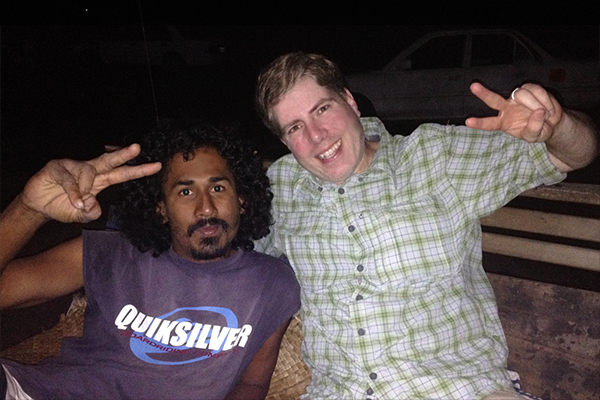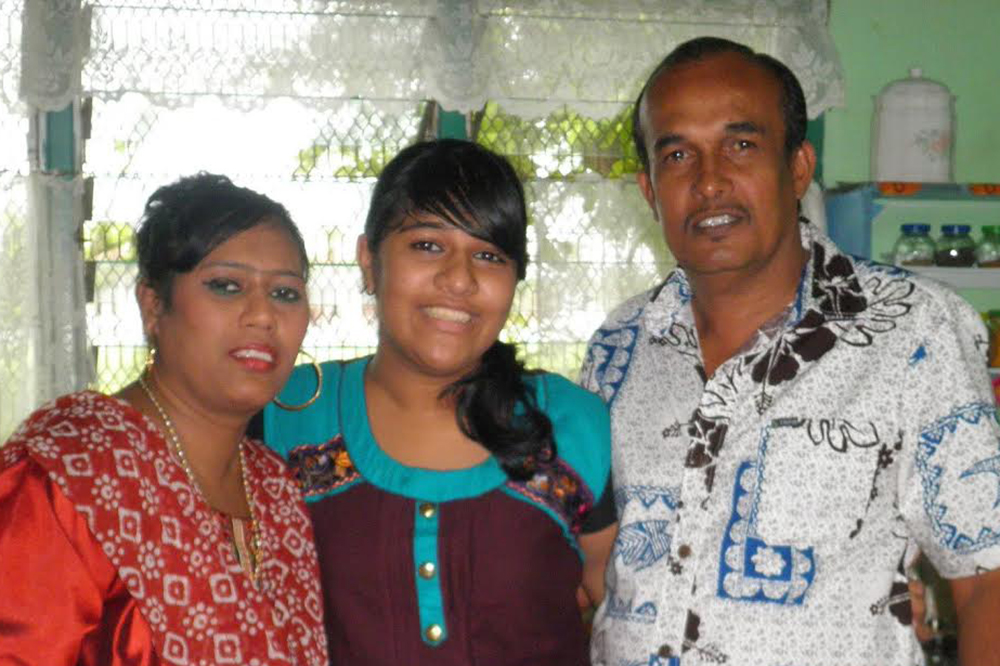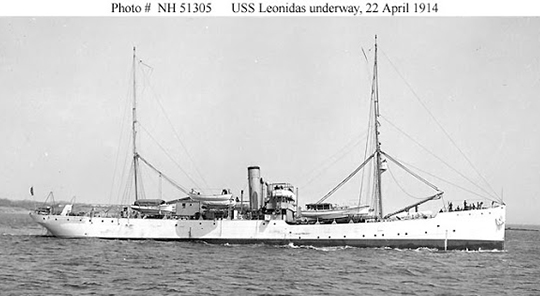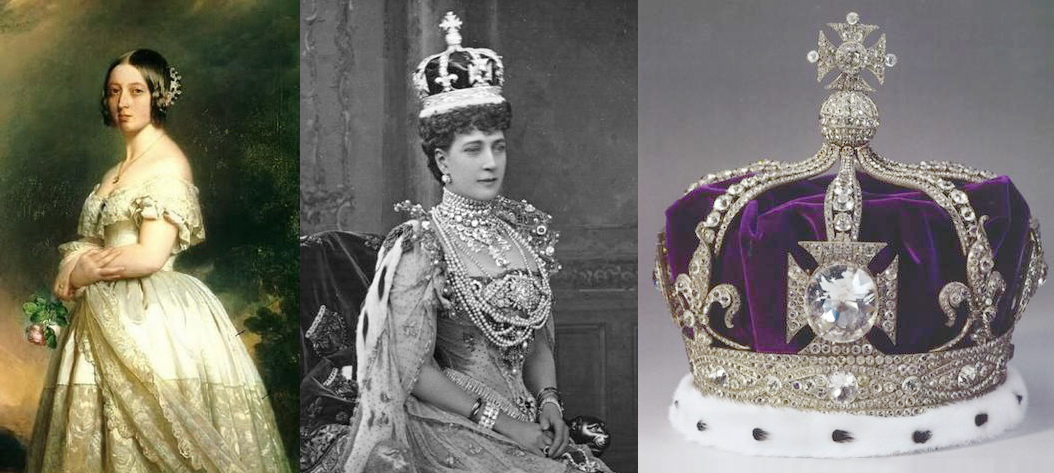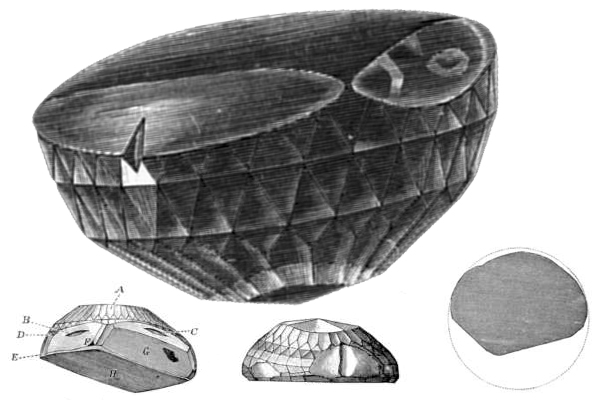Sigatoka
Sigatoka is the main market town and “capital” of Viti Levu’s Coral Coast. It is situated on the main Queen’s Highway, almost exactly half way between Nadi and Suva, and at the mouth of the Sigatoka River. Sigatoka itself is a bustling little town with a thriving market. Whilst there are shops catering to day trippers from the Coral Coast’s resorts and hotels, there is no real tourist accommodation in the town itself, so it remains a very local town. Two or three ‘super’markets around the market square, a busy bus station, small shops, hardware and farm supplies, vehicle parts and repairs, pharmacies and shoe shops, tailors and hairdressers and second hand clothes all dot this area.

Harinam Sankirtan, a weekly event where devoted disciples chant the holy names of Krishna or God or chant the Hare Krishna Maha-Mantra, “Hare Krishna Hare Krishna Krishna Krishna Hare Hare Hare Rama Hare Rama Rama Rama Hare Hare” to reach self-realization and to bring blessings around the Sigatoka town from the Krishna Temple.

Krishna dancers in Sigatoka

Krishna dancers in Sigatoka

International Society of Krishna Consciousness (ISKCON) Krishna Temple perched high up on the hill in Sigatoka which cost FJ $6 million to build

Delicious vegetarian lunch at the Radha Krishna Temple Restaurant in Sigatoka

Shrine for His Divine Grace Srila Tamal Krishna Goswami Gurudev aka “Srila Gurudeva” by his many disciples and “Goswami” by his godbrothers and members at the Krishna Temple

Artwork depicting a story of Krishna’s teachings

Sigatoka Market vendors selling an array of fruits and vegetables

Sugar cane sellers at the Sigatoka Street Market

For sale at the Sigatoka Market, super small, but super spicy peppers and paw paw (or papaya)

Women holding up her orange-stained hand at the Sigatoka Market probably from mashing turmeric

Sigatoka Market vendor selling a variety of root vegetables, staple food of Fiji

Master woodcarver carving boats of different sizes to sell as souvenirs
View the Entire Sigatoka Gallery
Namatakula Village
Namatakula literally means “the place of the snake.” The village, Namatakula, is incorrectly spelled on all records. On their arrival Nagwatakula, the correct traditional spelling, pronounced Namwatakula, the Rogoua Clan saw a bright orange snake, thus the name “Nagwatakula.” Snakes on Viti Levu have since been wiped out by the mongoose. Namatakula Village is located on the Coral Coast, halfway between the main towns of Nadi and Suva. It is known to be one of the more prosperous villages on Fiji with a population of over 600 people, over 100 houses, two churches, a primary school, and a gym to be built for producing several rugby legends.

The Methodist Church built in honor of Reverend Thomas Baker, who was the first and only missionary in Fiji to be killed an eaten by cannibals of another tribe.

Sisters hanging out at the Namatakula Village while watching over some of the kids of the village

Children playing in the Namatakula Village

One ball, many kids, easily entertained

Joshua lifting this kid up like he’s superman

Child giving two thumbs up for the fun experience of being a super hero

Having fun pointing at each other

Schoolwork displayed outside a classroom of the only school, a primary school called Ratu Filise in the village

One of the one hundred houses in the village. In the front on the right is a tombstone for the deceased and chickens roam rampant here.

View of a house from a cement wall which houses glass beer bottles for recycling.

Another house with mother and son chatting

Kids hanging out on the porch at the village

Namatakula Village contains many dogs which run rampant. Here are two dogs that just finished copulating and haven’t detached yet.

A child hanging outside of their house

View of the church through the front porch

Enjoying a kava ceremony with Oni, at the village chiefs house

Joshua, one of the chiefs of the day, trying out Kava for the first time.

The kava plant. The root is the prized possession which grows near the surface
View the Entire Namatakula Village Gallery
Garden of the Sleeping Giant
The Garden of the Sleeping Giant contains a beautiful orchid garden of more than 2,000 varieties that was started by late actor Raymond Burr who is most famous for his role as Perry Mason on American TV.

Walkway through the orchid gardens

Hanging orchid






Pineapple

View the Entire Garden of the Sleeping Giants Gallery Here
Sabeto Hot Springs and Mud Pool
We arrived here after visiting the orchid gardens. We hired a private taxi driver to take us here so we can get dirty and then get clean. First we slather mud from a bucket all over ourselves, then we let the breeze dry the mud on our skin, while helping with cooling off in the heat. Then we proceed into the mud pool where we walked through a knee-deep mish mash of mud, underwater flora, and warm water coming up from the spring. After we rinse ourselves from the mud, we move onto the hot springs, where it was much warmer on one side.

Slathering mud and letting it air dry to cool us down at the Sabeto Mud Pools and Hot Springs

Soaking in the Sabeto Hot Springs
Resort Activities
We stayed in the Beachside Bure at the Mango Bay Resort on Fiji’s Coral Coast which featured many free activities.

Mango Bay Resort, Beachside Bure

Polynesian Dance

Polynesian Dancers

Making coconut shell jewellery















































































